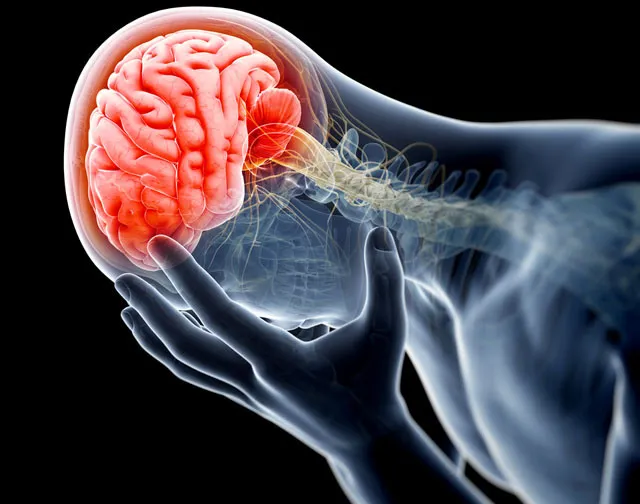Researchers at the University of Cádiz, who are part of the Biomedical Research Center in Mental Health Network of the Carlos III Health Institute (CIBERSAM), in Spain, have shown that there is a direct relationship between anxiety and pain in the brain.However, the pain mechanisms that are activated in the nervous system are different depending on the pathology that produces them.
In this study, carried out in animals, neuropathic pain has been evaluated by a pinchic nerve pinching and that generated by poorly controlled diabetes.There is talk of bad diabetes control when blood glucose figures are out of values established as normal, that is, between 70 and 120 mg/dl (milligram per deciliter).
In both ailments, chronic pain derives in the development of anxiety, a serious illness that affects approximately 35% of patients suffering chronic pain, as described in various epidemiological studies.
However, this development is manifested in the brain through different processes.When pain originates from poorly controlled diabetes, this is reflected in the central nervous system through a decrease in norepinephrine production and a dysfunction in the activity of locus cerúleo, an anatomical region in the brain stem involved in the responseto panic and stress.
The Cerule Locus is the main producer of corenaline in the brain, a biomolecule involved in the transmission of the nervous message between neurons and that plays an important role in anxiety and depression.
On the contrary, when it comes to pain as a consequence of a sciatic nerve injury, the researchers observed the inverse effect: a hyperactivity of the noradrenergic system.
“There is a greater production of norepinephrine, but this is insufficient.Therefore, the discomfort is not blocked or eliminated, ”explains Cristina Alba Delgado, a researcher at the University of Cádiz and one of the work authors.
Noreprenaline functions as an endogonic analgesic, therefore, when their levels are altered in the body, the consequence is the increase in painful sensation, as Cristina Alba clarifies.
Specifically, in the case of people suffering from diabetes, these pains are mainly reflected in the limbs of the body (hands and feet), giving rise to what is called peripheral diabetic neuropathy.According to data collected in this work, between 10 and 30% of diabetics suffer chronic pain and, of these, more than 20% develop anxiety derived from this suffering.

Currently the treatment used against chronic pain, regardless of its origin, is made up of antiepileptics and antidepressants.According to experts, the results of this research, published in the Magazine Progress in Neuro - Psychopharmacology & AMP;Biological Psychiatri, open new ways for the personalization of pharmacology depending on the cause of pain.
“The mechanisms involved in the pain produced by poorly controlled diabetes are different from the mechanisms activated after a sciatic nerve injury.In both situations there is a painful condition of the patient, but for different reasons.That is why the treatment must be different and adapted, ”says the scientist.
To carry out this research, two animal experimentation models have been used.One called chronic constriction injury, where the ailment is a consequence of a pinching of the sciatic nerve.Another in which diabetes is induced to study their associated complications, in this case, diabetic neuropathy.
Researchers have measured the levelof pain and anxiety of animals through different sensory tests.The results show that it is from the fourth week after the induction of the ailment (diabetes or sciatica) when animals develop episodes of stress and anxiety linked to a transformation of their noradrenergic system as a result of pain.
"Therefore, it is vital to treat pain from the origin, because preventing this can avoid associated emotional disorders, such as anxiety or depression," says the scientist.
This research continues in the development phase, using other animal models of chronic pain and different pharmacological treatments against pain and anxiety, in order to identify future therapeutic targets that improve the quality of life of these patients.(Source: Discover Foundation)


